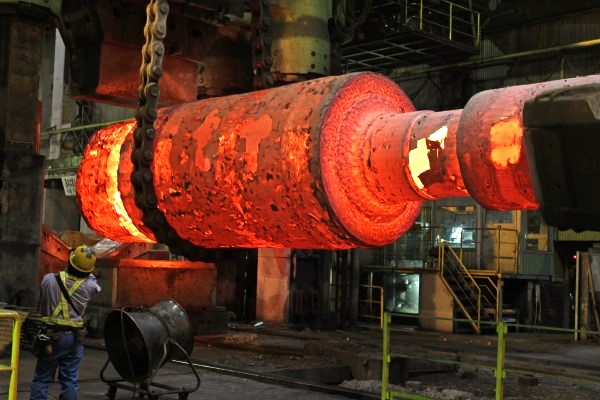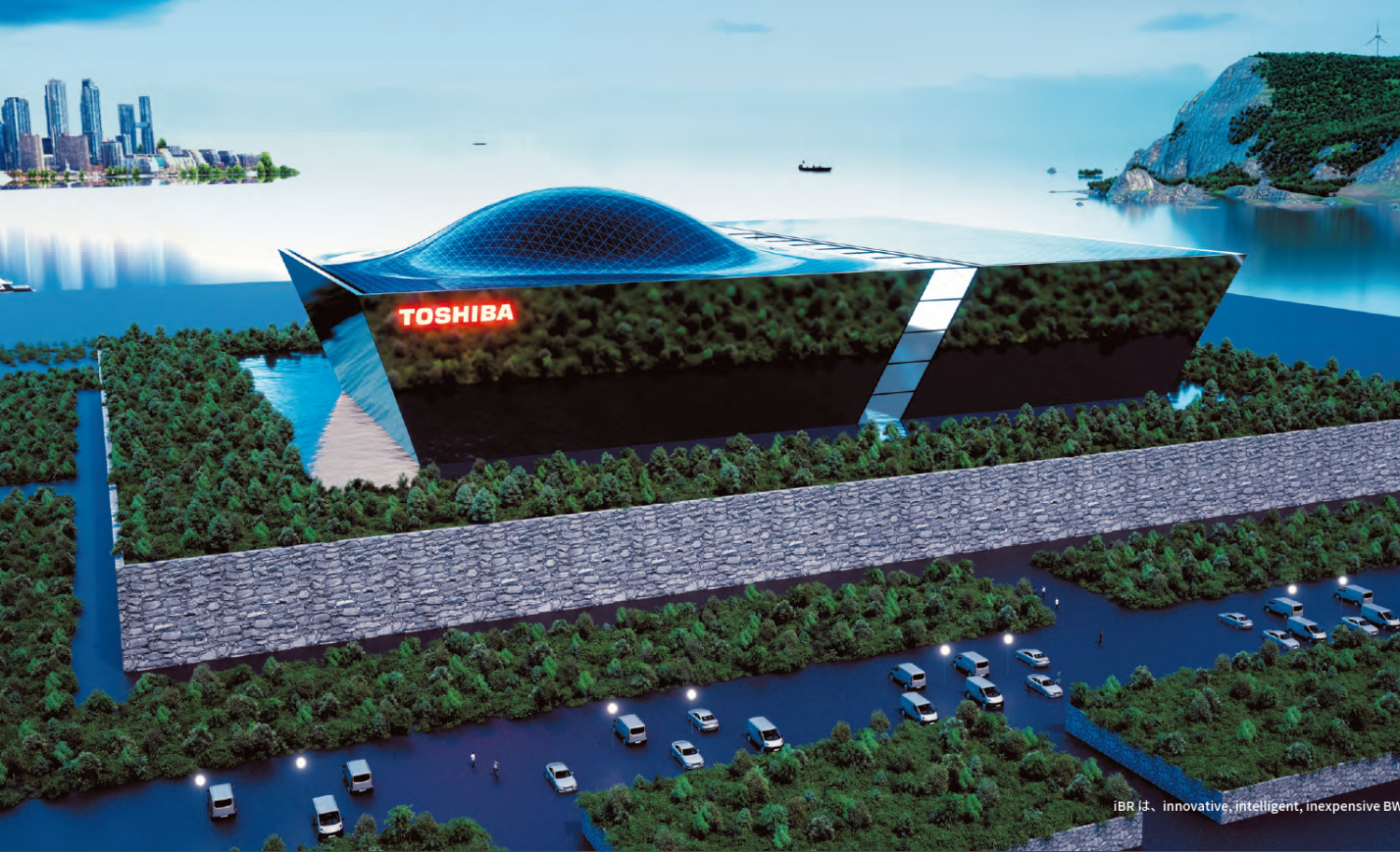The agreement, if concluded, would represent the first such deal by Japan with a country that has not joined the Treaty on the Non-Proliferation of Nuclear Weapons (NPT).
Abe also reiterated Japan’s commitment to peaceful use of nuclear energy, telling the Indian prime minister that Japan would terminate the cooperation if India conducted another nuclear test.
The two prime ministers also confirmed the selection of Japan’s Shinkansen (bullet-train) technology for use in India’s major high-speed rail project, now in the planning stages. To support that, they agreed on a yen loan from Japan to India of up to JPY1,460 billion (USD12.2 billion at USD1 = JPY120).
After their meeting, the prime ministers released a joint statement incorporating these results. They also held a joint press conference, at which Prime Minister Abe emphasized that Japan’s cooperation was for peaceful purposes, and that Japan had “secured that limitation.” Prime Minister Modi said that India would “certainly keep that promise.”
Regarding the details of the potential termination of the deal if India conducts a nuclear test or tries to reprocess spent fuel, the two parties will now enter the final stage of negotiations regarding stipulations and measures securing peaceful use, toward the conclusion of an agreement.
Additionally, in the security area, the two prime ministers agreed that in light of the aggressive naval advancements by China, the Japan Maritime Self-Defense Force (JMSDF) would regularly participate in ongoing joint maritime exercises—known as Exercise Malabar—by India and the United States.
In conjunction with the talks, the two leaders were also present at the signing of an agreement enabling Japan to transfer defense equipment, parts and technology to India, as well as an information protection agreement for the exchange of defense-related information. It is believed that those two agreements will also lead to accelerated negotiations enabling Japan to export the Maritime Self-Defense Force’s “US-2”—an amphibious aircraft designed for air-sea rescue—to India.
As for the Shinkansen rail technology, Abe and Modi agreed that the system would be adopted for a 505-km railway connecting India’s largest commercial city, Mumbai, and Ahmedabad, in western India. Of the total construction costs of INR980 billion (about JPY1,800 billion, or USD15 billion), up to 81% will be supported by a yen loan.
Speaking of his hope for greater people-to-people interaction, the Japanese prime minister declared that his country would accept 10,000 young Indians, including students, in various programs over the next five years.
At the press conference, Abe spoke enthusiastically of a “new era between India and Japan that starts here,” and said the talks were “historic in the sense of launching that era.”
Meanwhile, Modi expressed deep satisfaction that the two nations had come to agree in principle on nuclear cooperation, saying, “This is a bright symbol for a new level of mutual trust and strategic partnership.”











-013.jpg)



